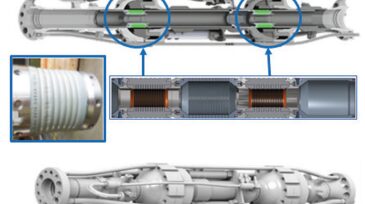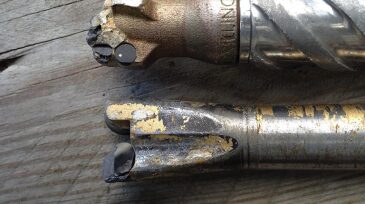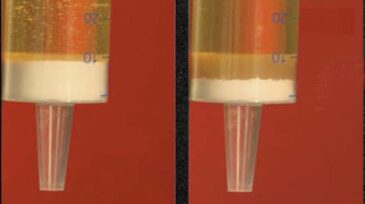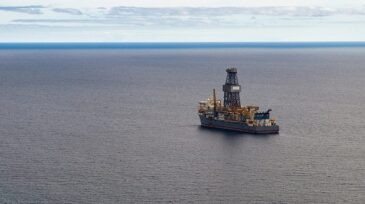Drilling
The Gorgon Phase 3 project will counter declining reservoir pressure to sustain gas supplies to Western Australia’s domestic market and support LNG exports to Asia.
Our drilling process is punctuated with discontinuous events that can disrupt the operational flow of the perfect well. Three papers have been selected to provide insights into some of these nonstationary processes that cause bit runs to fall short of perfection.
This paper presents a study of trapped-torque incidents during drillpipe connection, highlighting contributing factors and root causes and proposing prevention and mitigation measures for these transient events.
-
The latest example of the offshore sector's march toward automated wellbore construction will take shape later this year in the North Sea.
-
This paper describes how a technique known as applied-surface-backpressure managed-pressure drilling (ASBP-MPD) can alleviate the limitations of conventional deepwater well control.
-
A contest where teams of college students design and build an automated drilling rig able to deal with hazardous obstacles in a test block, showed how a small change can be engineered to matter.
-
Well RXY is located in Cairn’s Ravva offshore field in the Krishna-Godavari Basin in India. One goal for the field was significant crude production by means of a secondary reservoir section.
-
SponsoredNew extreme environment ultracapacitor technology will allow directional drillers to eliminate lithium from their entire supply chain. These advanced ultracapacitors can be coupled with downhole turbine generators to provide reliable downhole power without the need for lithium.
-
Since the 1980s, many technical works have focused on improving the ability to detect hydrocarbons inside the riser and safely remove them from the system. This trend gained extra momentum with the advent of systems such as riser-gas handlers and managed-pressure drilling.
-
The Pluma-1 discovery could turn the southeast portion of Stabroek Block off Guyana "into a major new development area," the company says.
-
Operators face a dilemma in balancing the need for mud weight (MW) to remain below the fracture gradient to avoid losses, while also providing sufficient density to block influxes into the well.
-
Recent research shows that, in addition to hardness, other rock properties, such as lithology types, heterogeneity, and abrasiveness, have equal importance in bit evaluations. Consequently, the discussion must move from rock-strength analysis to rock-drillability analysis.
-
Using log data from offset wells, a bit-selection software based on unconfined compressive strength (UCMPS) calculations has been used to optimize the bit selection for Well X.













